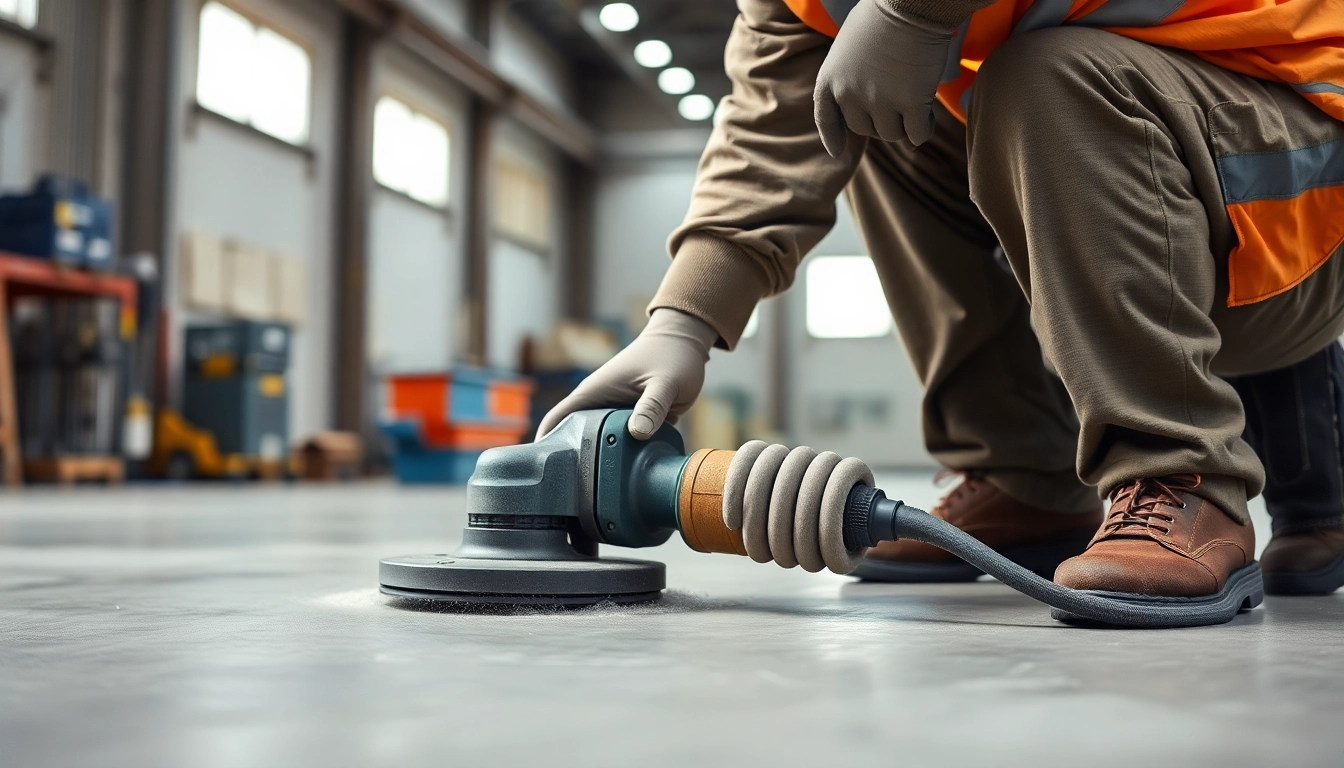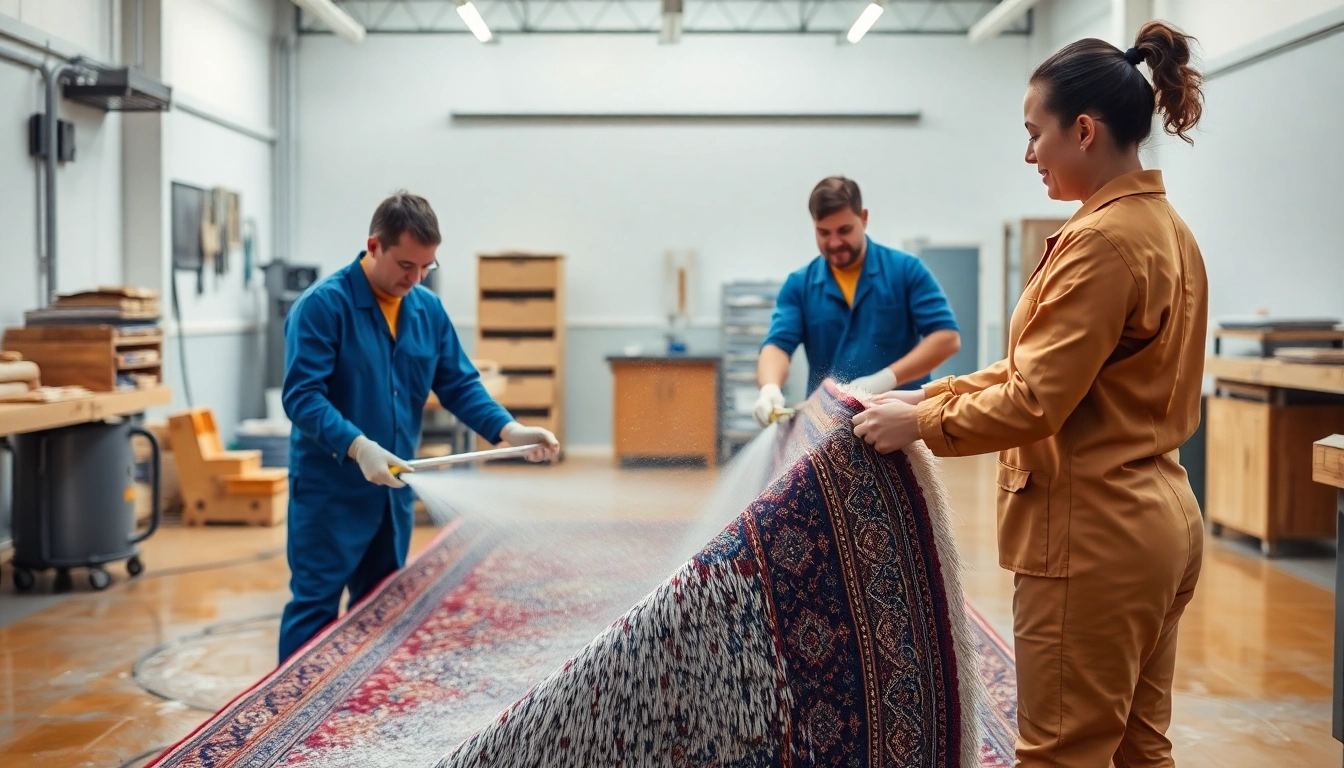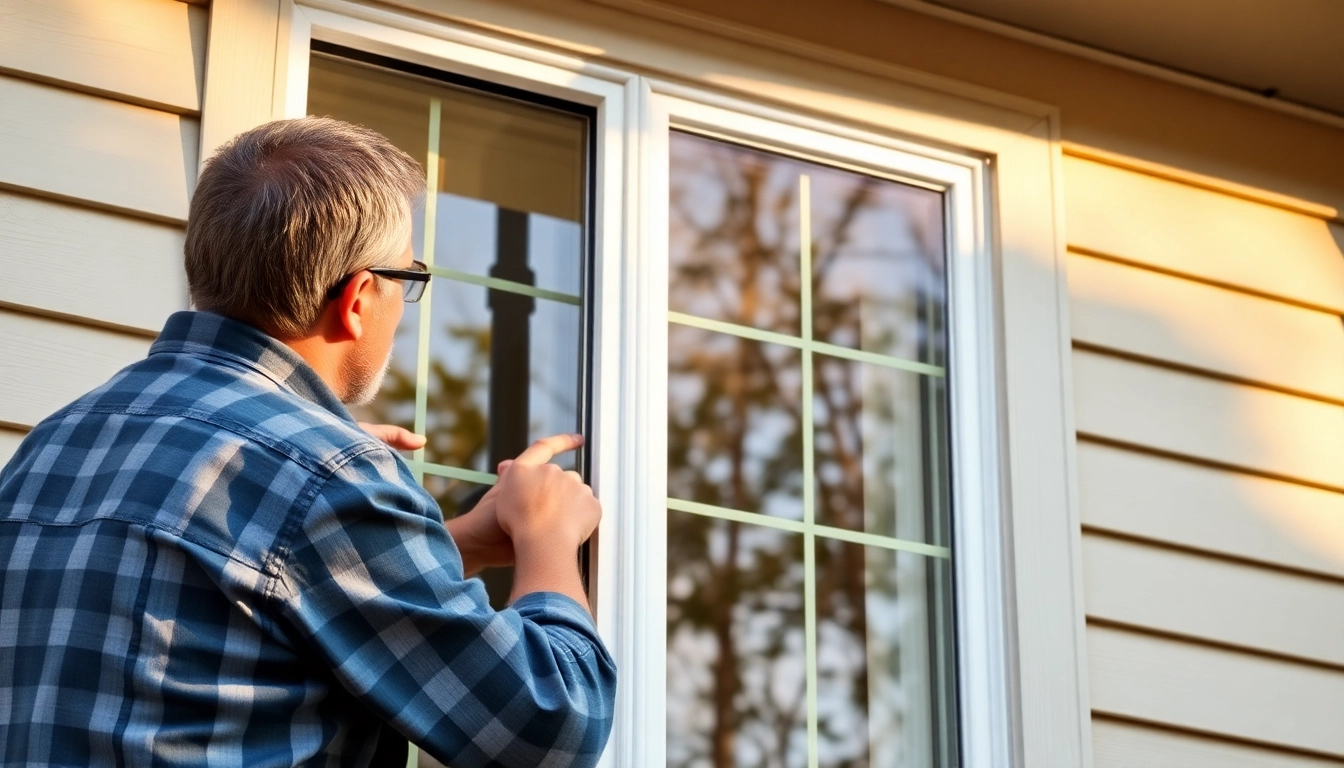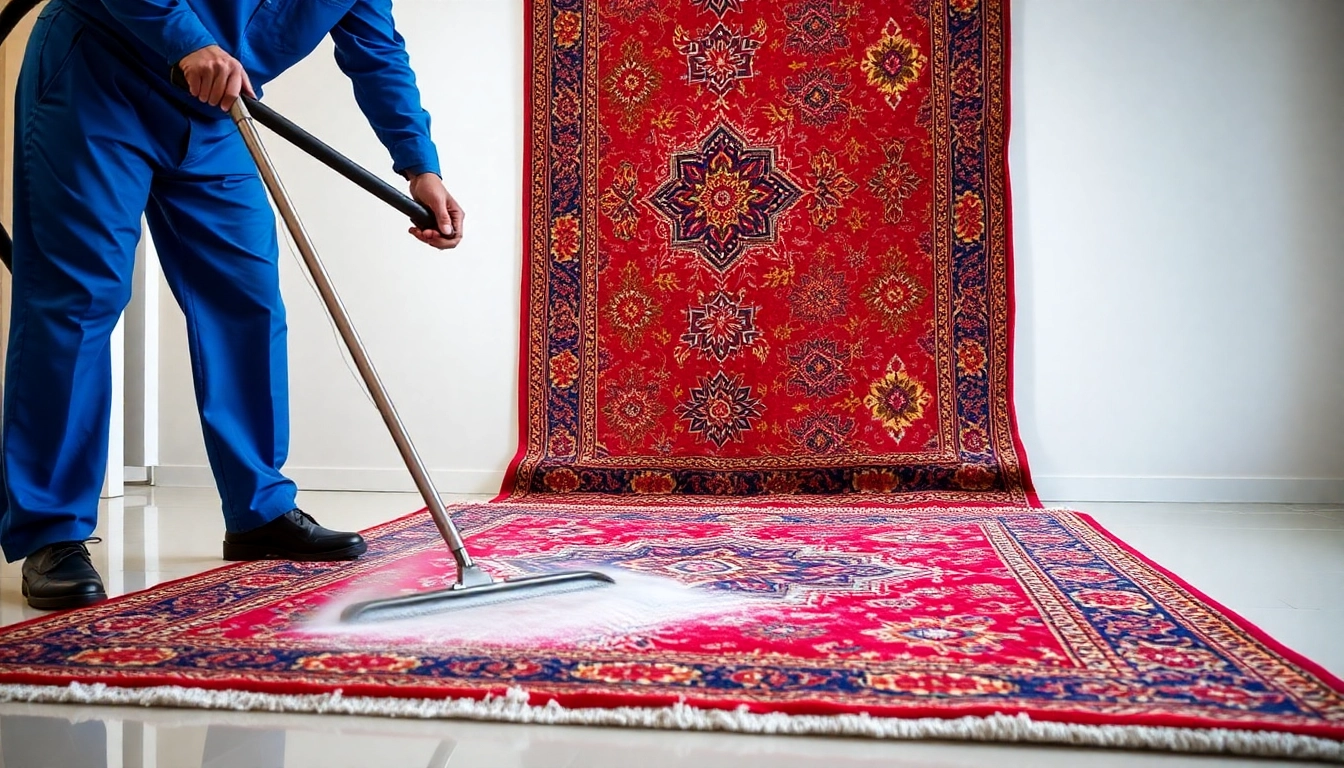Understanding Floor Preparation in Birmingham: Key Basics and Benefits
Effective floor preparation forms the foundation for a durable, seamless, and high-quality flooring installation. In Birmingham, a city renowned for its vibrant commercial and residential development, proper surface preparation is crucial to ensure longevity and optimal performance of various flooring types. Whether you’re installing hardwood, epoxy coatings, tile, or industrial resin floors, comprehensive preparation not only improves adhesion but also minimizes future repair costs and maintenance efforts.Floor preparation Birmingham involves cleaning, leveling, smoothing, and priming surfaces to create an ideal substrate for further layers. Understanding why this process is essential helps property owners and contractors make informed decisions that ensure lasting results and maximize investment value.
Why Proper Floor Prep is Essential Before Flooring Installation
Proper preparation is the cornerstone of successful flooring projects. It ensures the floor surface is clean, level, and free of contaminants that could compromise adhesion or cause defects. Without adequate prep, issues like cracks, uneven surfaces, and moisture problems can lead to costly repairs, premature wear, or failure of the floor materials.
In Birmingham’s diverse construction environment, ranging from historic buildings to modern industrial facilities, tailored floor preparation strategies are vital. For example, in industrial settings, the focus might be on removing laitance and contaminants, while residential projects may prioritize smoothness and aesthetic appeal.
By investing in professional prep, property owners benefit from enhanced durability, improved safety (e.g., slip resistance on level surfaces), and aesthetic excellence. Moreover, proper surface preparation aligns with industry standards and manufacturer specifications, preventing void warranties and ensuring compliance.
Types of Floor Surfaces Commonly Prepared in Birmingham Projects
Concrete Floors
Concrete is the most prevalent substrate, especially in commercial and industrial buildings. Proper preparation involves removing laitance, repair of any cracks or spalling, and ensuring moisture levels are within acceptable limits. Techniques include shot blasting, diamond grinding, and scarification.
Wooden Surfaces
Wood floors require cleaning, sanding, and in some cases, leveling to remove uneven areas or old finishes. Proper prep enhances adhesion for new coatings or finishes and prolongs coverage lifespan.
Existing Tiles and Vinyl
When installing over existing tiles, cleaning to eliminate grease, dirt, and old adhesive residues is essential. In some cases, surface profiling ensures good bonding for new layers, especially in renovation projects.
Industrial Surfaces
For heavy-duty industrial floors, preparation often includes shot blasting and diamond grinding to remove laitance, dust, and previous coatings, creating a rough profile ideal for primers and overlays.
Materials and Tools Used in Professional Floor Preparation
Achieving a flawless preparation requires specialized materials and tools operated by trained professionals. Key items include:
- Shot Blasters and Scarifiers: For surface profiling and laitance removal.
- Diamond Grinding Machines: To smooth and level concrete surfaces.
- Vacuum Extractors: For dust containment and safety compliance.
- Primers and Bonding Agents: To enhance adhesion of subsequent layers.
- Moisture Meters: For assessing moisture levels and preventing issues like bubbling or mold.
- Hand Tools and Scrapers: For minor repairs and detailed finishing tasks.
With the right combination of high-quality tools and materials, and the expertise to use them effectively, Birmingham’s professional floor preparation services ensure a robust foundation for any flooring project.
Step-by-Step Guide to Floor Preparation in Birmingham
Initial Surface Assessment and Cleaning Techniques
The process begins with a thorough inspection: checking for cracks, moisture, contaminants, and unevenness. Cleaning involves removing dust, grease, old adhesive residues, and debris through vacuuming, washing, or chemical cleaners. This phase sets the stage for the subsequent steps by ensuring no impediments impair adhesion or leveling.
Surface Leveling, Grinding, and Laitance Removal Processes
Leveling often requires grinding, especially with concrete substrates. Diamond grinders remove laitance, rough patches, and uneven spots. Shot blasting may be used to profile the surface, creating a mechanical key for overlays or sealers. For minor repairs, patching compounds can fill cracks or holes before the abrasive process.
Applying Primer and Creating a Proper Base for Flooring
Primers serve as bonding agents that improve adhesion between the prepared surface and the finishing layers. Selection depends on the flooring type—epoxy, vinyl, or carpet. Ensuring the surface is dry and dust-free before primer application guarantees the best bond. Once the primer cures, the floor is ready for installation.
Choosing the Right Floor Preparation Method for Your Birmingham Property
Industrial vs Residential Floor Prep Strategies
Industrial facilities demand rigorous prep, including aggressive profiling, laitance removal, and moisture mitigation, to sustain heavy loads and harsh conditions. Conversely, residential projects focus on smoothness and aesthetics, often involving light grinding and cleaning. Recognizing the specific demands ensures the appropriate techniques are employed.
Factors Influencing Selection: Surface Type, Use, and Load
Key considerations include the substrate material, expected foot or vehicle traffic, chemical exposure, and environmental conditions such as humidity. For example, a garage with car traffic requires a different prep than a showroom with delicate flooring. Tailoring the process preserves the floor’s integrity and appearance.
Cost Considerations and Scheduling the Preparation Work
Preparation costs vary based on surface condition, size, and complexity. Generally, industrial prep might cost more due to equipment needs, while residential work may be simplified. Scheduling should account for curing times and potential repairs, ensuring the site is ready for flooring installation without delays.
Common Challenges in Floor Preparation and How to Overcome Them
Dealing with Uneven or Damaged Surfaces
Uneven slabs or damaged concrete require patching, grinding, or screeding. High spots are ground down; low areas are filled with self-leveling compounds. Assessing severity early helps choose the right repair method and prevents future floor failure.
Managing Dust and Safety During Preparation
Dust control is critical for health and safety. Using HEPA-filtered vacuums and dust barriers minimizes airborne particles. Proper PPE—masks, goggles, gloves—protect workers, reducing health risks and ensuring regulatory compliance.
Ensuring Long-Term Floor Adhesion and Durability
Moisture management and surface cleaning are vital. Installing moisture barriers when needed, and ensuring the substrate is dry and free of efflorescence or contaminants, prevents adhesion failures. Regular inspections after installation confirm ongoing performance.
Partnering With Experts in Birmingham for Professional Floor Preparation
How to Select Reliable Floor Preparation Contractors
Choosing qualified professionals involves reviewing credentials, industry experience, and project portfolios. Certifications from associations like the National Flooring Contractors Association (NFCA) add credibility. Reading customer reviews and requesting detailed quotes ensure transparency and reliability.
Benefits of Local Specialists with Industry Experience
Local companies possess valuable knowledge of Birmingham’s building codes, environmental conditions, and material suppliers. Their familiarity results in tailored solutions, quicker response times, and cost efficiencies, ultimately delivering superior results.
Case Studies and Success Stories from Birmingham Clients
Many Birmingham property owners have entrusted local specialists for their floor prep needs, witnessing significant improvements in surface quality and project longevity. For instance, industrial facilities that undertook professional shot blasting reported reduced maintenance costs and increased load-bearing capacity.



